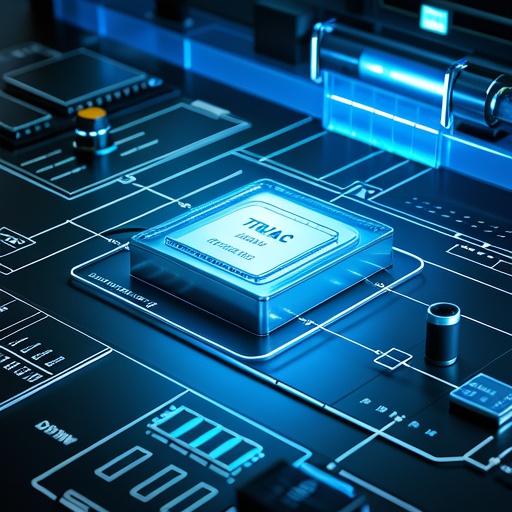How Does the Triac Dimming Power Supply Revolutionize Your Lighting Experience?

A triac dimming power supply is an essential component in modern lighting systems, particularly for adjusting the brightness of LED lights. Unlike traditional methods that rely on transformers or rheostats, a triac dimming power supply uses a thyristor, specifically a triac, to control the amount of electrical power delivered to the light. This method offers several advantages, including energy efficiency and smooth dimming capabilities.
What is a Triac?
A triac is a bidirectional thyristor, meaning it can conduct current in both directions when triggered. It acts as a switch that can be controlled to turn on and off rapidly, making it ideal for alternating current (AC) applications. In a dimming power supply, the triac regulates the voltage supplied to the light, thereby controlling its intensity.
How Does Triac Dimming Work?
Triac dimming operates on the principle of phase control. By delaying the point at which the triac starts conducting each half-cycle of the AC waveform, the average power delivered to the load is reduced. This phase-cutting technique allows for smooth dimming without generating flicker, provided the dimming rate is kept within acceptable limits. The triac's ability to handle varying loads makes it suitable for different types of lighting, including incandescent, halogen, and LED bulbs.
Components of a Triac Dimming Power Supply
At the heart of a triac dimming power supply lies the triac itself, but several other components are necessary for complete functionality. These include:
1. Dimming Controller: This could be a wall-mounted dimmer switch or a more advanced digital controller. It sends signals to the triac to adjust its firing angle.
2. Snubber Circuit: A protective circuit that prevents voltage spikes and ensures the triac turns off properly.
3. Heat Sink: Triacs generate heat during operation, so a heat sink is often required to dissipate this heat and prevent damage.
4. Capacitors and Resistors: Used to filter the current and protect the triac from overvoltage.
Benefits of Using Triac Dimming
Triac dimming offers several benefits over other dimming methods:
1. Energy Efficiency: By reducing the power consumed by the light, triac dimming can lead to significant energy savings.
2. Extended Lifespan: Properly implemented triac dimming can reduce the thermal stress on LEDs, potentially extending their life.
3. Compatibility: Triac dimmers are compatible with a wide range of lighting technologies, making them versatile for different applications.
4. Smooth Dimming: Unlike some other dimming methods, triac dimming provides smooth and consistent light levels without noticeable flicker.
Applications of Triac Dimming Power Supplies
Triac dimming power supplies are widely used in various applications due to their flexibility and efficiency. Some common applications include:
1. Residential Lighting: Homes often use triac dimmers to create ambiance and save energy in living spaces, bedrooms, and kitchens.
2. Commercial Lighting: Offices, retail stores, and hospitality venues utilize triac dimming to enhance customer experience and reduce electricity costs.
3. Architectural Lighting: In buildings and monuments, triac dimming allows for dynamic lighting effects that highlight architectural features.
4. Theatrical and Event Lighting: The ability to smoothly adjust light levels makes triac dimmers ideal for theaters, concerts, and other events where lighting plays a crucial role.
Considerations When Using Triac Dimming
While triac dimming offers many advantages, there are some considerations to keep in mind:
1. Compatibility with LEDs: Not all LED drivers are compatible with triac dimmers. It's important to ensure that the LED driver supports low-voltage signaling.
2. Minimum Load: Triac dimmers require a minimum load to function correctly. Using them with very low-power LEDs may not work as expected.
3. Electromagnetic Interference (EMI): Triac dimmers can generate EMI, which might interfere with nearby electronic devices. Proper shielding and filtering can mitigate this issue.
4. Thermal Management: Ensuring adequate heat dissipation is critical to prevent the triac from overheating and failing prematurely.
In conclusion, a triac dimming power supply is a powerful tool for controlling light intensity in various applications. Its efficiency, compatibility, and smooth operation make it a preferred choice for both residential and commercial lighting solutions. However, careful consideration of compatibility and thermal management is necessary to maximize performance and longevity.
 In heritage architecture prote
In heritage architecture prote
 When small-batch customization
When small-batch customization
 Have the electromagnetic emiss
Have the electromagnetic emiss
 When Triac dimmable power supp
When Triac dimmable power supp
